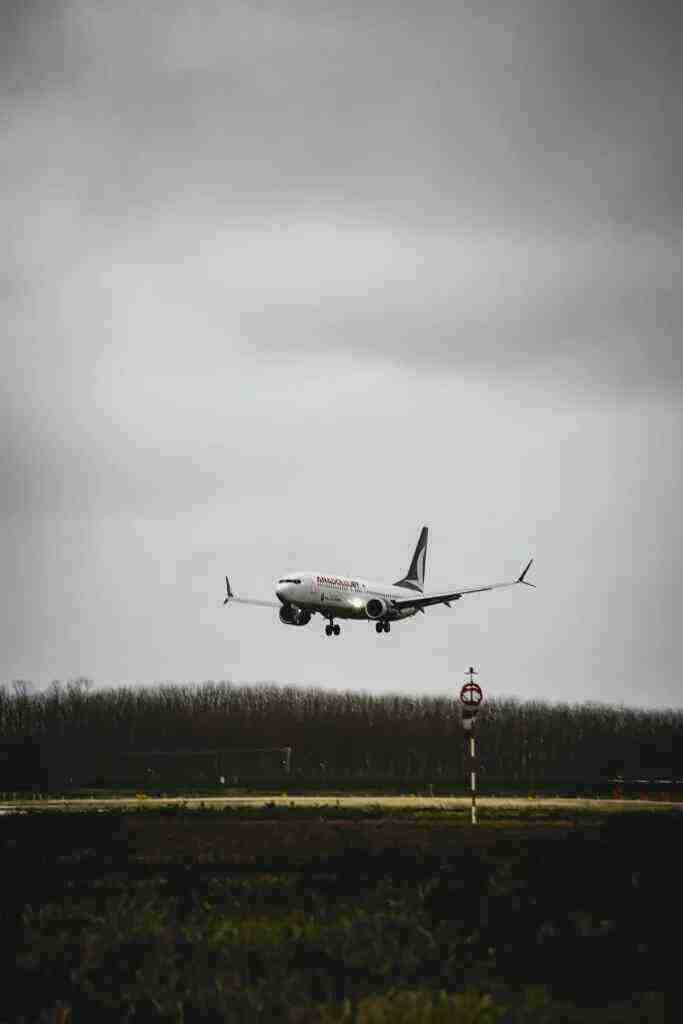The Psychology of Flying: Decoding the Mental Landscape of Aviation
Aviation, with its intricate fusion of human skill, technological precision, and natural forces, presents a fascinating psychological landscape. Understanding the mental aspects of flying offers valuable insights into the unique challenges and opportunities encountered by pilots, air traffic controllers, and passengers alike.
Navigating the Human Element in Aviation
The human factor plays a pivotal role in aviation safety and efficiency. Pilots, air traffic controllers, and maintenance personnel must possess a combination of technical expertise, decision-making skills, and emotional resilience to excel in their respective roles.
1. The Pilot’s Mindset:
Pilots must maintain a delicate balance between confidence and humility. They must be confident in their abilities and the aircraft they operate, yet humble enough to recognize their limitations and the potential for unexpected events.
2. Decision-Making Under Pressure:
Aviation professionals frequently face time-sensitive, high-stakes decisions. The ability to analyze information quickly, assess risk, and make sound judgments under pressure is crucial for ensuring safety and mission success.
3. Managing Stress and Fatigue:
The aviation environment can be physically and mentally demanding. Pilots and air traffic controllers must manage stress effectively and recognize the signs of fatigue, as these factors can impair judgment and increase the risk of errors.
Conquering Fear and Anxiety in Flight
For some passengers, the prospect of flying can evoke fear, anxiety, or even full-blown aviophobia (fear of flying). Understanding the psychological underpinnings of these anxieties can help individuals develop coping strategies.
1. Addressing the Fear of Heights:
Acrophobia, or fear of heights, is a common contributing factor to aviophobia. Cognitive-behavioral therapy and gradual exposure to flying can help individuals manage this fear.
2. Confronting Claustrophobia:
The confined space of an aircraft cabin can trigger feelings of claustrophobia in some individuals. Relaxation techniques, such as deep breathing and visualization, can help alleviate these feelings.
3. Managing Anxiety About Safety:
Concerns about the safety of air travel can be fueled by media coverage of accidents and incidents. Understanding the rigorous safety measures and regulations in place can help alleviate these anxieties.
Harnessing the Psychology of Learning in Aviation
Effective pilot training programs recognize the importance of psychology in developing competent and confident aviators.
1. Embracing Error as a Learning Opportunity:
A culture of learning from errors, rather than punishing them, fosters a positive learning environment where pilots feel comfortable reporting and discussing mistakes, leading to improved safety.
2. Utilizing Simulation Technology:
Flight simulators provide a safe and controlled environment for pilots to practice emergency procedures, hone their decision-making skills, and gain experience in various scenarios.
3. Promoting Continuous Learning:
Aviation professionals must continually update their knowledge and skills to stay abreast of new technologies, regulations, and procedures. This commitment to lifelong learning ensures the highest levels of safety and proficiency.
Conclusion: Embracing the Skies with Confidence
The psychology of flying is a complex and ever-evolving field that encompasses the mental challenges, opportunities, and anxieties associated with aviation. By understanding the psychological factors at play, aviation professionals and passengers alike can navigate the skies with greater confidence, safety, and enjoyment. Whether you’re a seasoned pilot, a nervous flyer, or simply fascinated by the human dimension of aviation, delving into the psychology of flying offers a wealth of insights that can enhance your understanding of this remarkable endeavor.
